
Our series on starting restaurants continues with a look at the fundamental components of the restaurant's image–otherwise known as branding. Branding encompasses so much more than an original logo, name, slogan, or commercial. It is a commitment to strategy, creativity, and above all, identity.
Part of properly branding a restaurant is to keep things simple. For example, going for long-winded names is generally inadvisable. Consider names like "Pizza Hut" or "Olive Garden"; they are signature brands now in part because of the punchiness and originality of the brand names. As hinted at in other articles in this series, simplicity is also a key factor in designing the inner workings of the restaurant, which is another part of branding. A strong restaurant concept and its menu can be explained to another person in a succinct manner; without that simplicity, customers may be too confused or too uninterested to engage with the brand.
Another important component of branding is having a strong mission statement. This is the kind of information one would find on an "About" page on a corporate website; not only a declaration of what kind of product or service is being sold, but the culture, values, and intent of the business. Perhaps those things don't sound related to the food and service at first blush, but there is a connection there. Identifying these elements in a unique way builds the restaurant's identity and sets it apart from competitors or similar establishments. There are thousands of successful Italian restaurants across the United States alone, but they are distinguishable because they pursue different approaches to Italian cuisine.
After establishing a restaurant concept, a menu, and a clear direction, it's time to think about marketing. Normally, when people think about marketing, they usually think of radio and TV commercials—and they're right, at least in part. Marketing, including those advertisements, really starts with knowing the customer. Understanding demographics, buying patterns, general opinions regarding certain services, and more will help a restaurant properly market itself. After all, there's no point filming a commercial for the restaurant when it's not even certain who the commercial is being targeted at.
Speaking of commercials, media plays a big role in building the identity and reliability of the brand. Of particular note is social media channels like Twitter, Facebook, and Instagram. It goes without saying that these platforms are heavily integrated into everyday life; therefore, they are the prime candidates for advertising a restaurant. Consider social media posts about additions to the menu, images of existing items, limited time offers, or reviews. This kind of content can build and engage an audience by selling the strengths and uniqueness of the business. It is also important to think about timing social media posts. The best policy for frequency is to find a middle ground; there should be posts on a regular basis, but users should not be inundated with numerous posts every day or hour. The idea here is to post compelling, useful content that users organically flock to, not burden them with relentless advertising.
A restaurant needs consistency in its brand as well. Nothing is wrong with additions or revisions, but such changes need to be uniform. According to QSR Magazine, when Subway rebranded in 2017, the restaurant interiors, imagery, and technology were given modern facelifts while still retaining the iconic green-and-yellow colors associated with the brand and expressing the brand's overall commitment to freshness. A consistent identity, therefore, is one that customers will be able to recognize even when the brand needs an update.
Fun fact: even the restaurant's employees are part of the brand. Their service and its quality speak volumes about the restaurant: whether it is reliable, has a positive attitude and culture, and sticks to its stated identity. Thus, it is critical to train employees to be aware of everything the business stands for and to know its inner workings by heart. The closer the employees are to the heart of the restaurant, the better represented the restaurant will be when it is time for foodservice.
Last but certainly not least, maintaining the strength of the brand means listening to feedback. Compliments are very welcome and are likely indicators that the business is doing something right. But the real test of the brand comes with criticism. A restaurant owner should take not of any flaws, inconsistencies, and other blemishes that might damage the brand in the long-term. Remember that the customer comes first; therefore, if they're saying something is wrong, the owner should listen, investigate, and respond to make sure that future customers won't be pointing out the same thing. This solidifies a brand as one that is customer-minded, committed to quality, and adaptable.


Bad |
Rate as 5 star | Good |
||
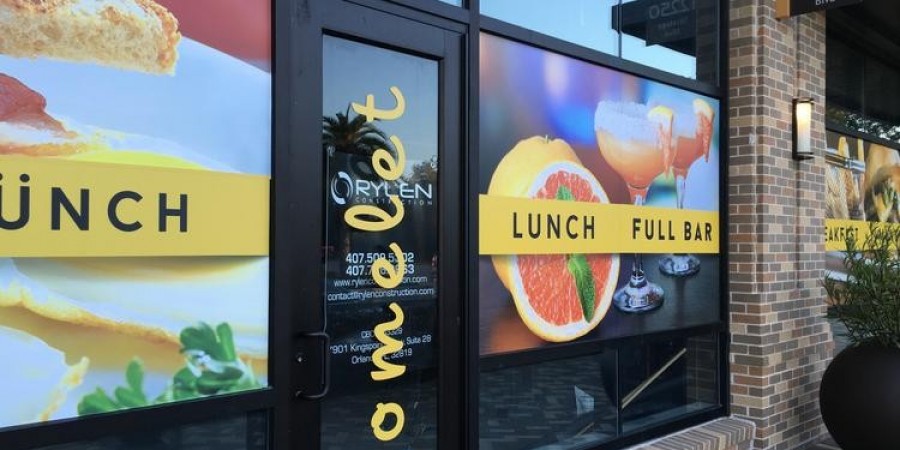
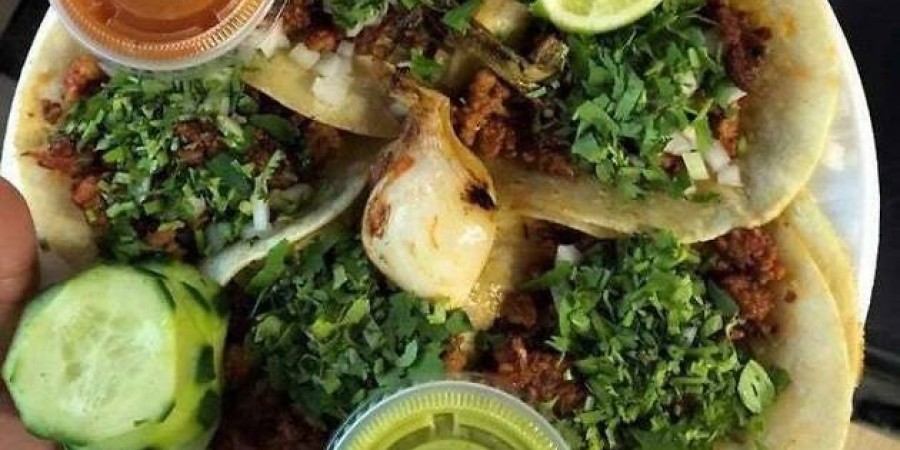
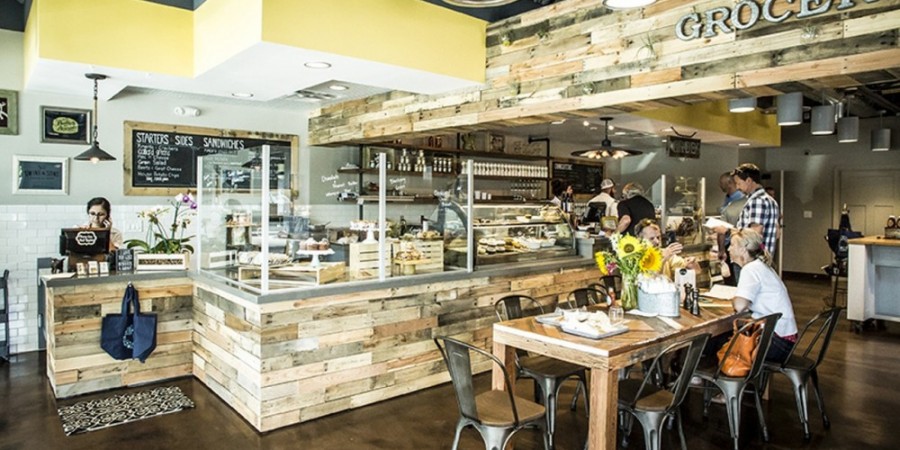

 Filter by category. | |
| REW | 152 |
| REW Academy | 131 |
| Restaurants | 126 |
| Website Categories | 125 |
| Articles | 117 |
| Kitchen | 50 |
| Vendors | 32 |
| Tutorials | 29 |
| Food | 26 |
| Customers | 22 |
| Events | 15 |
| Interviews | 9 |
| Web | 8 |
| Funny | 7 |
| Infographic | 6 |
| Social Media | 5 |
 Most popular (top 5) | |
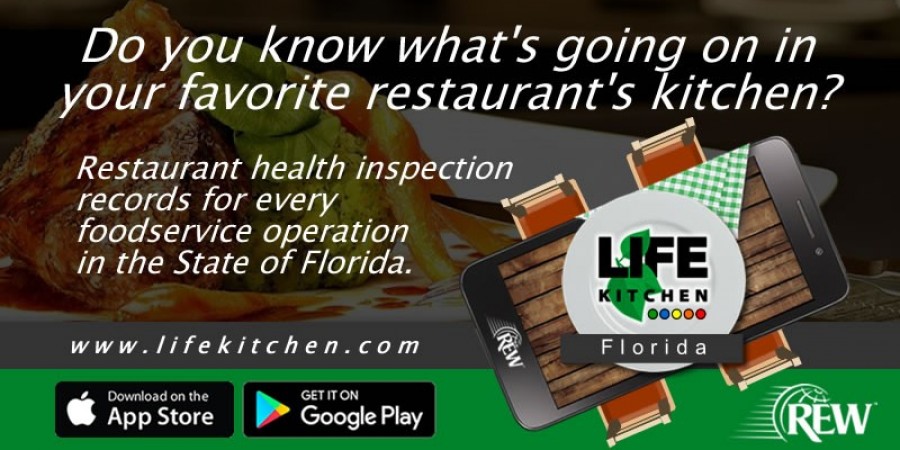 | Life Kitchen Florida App |
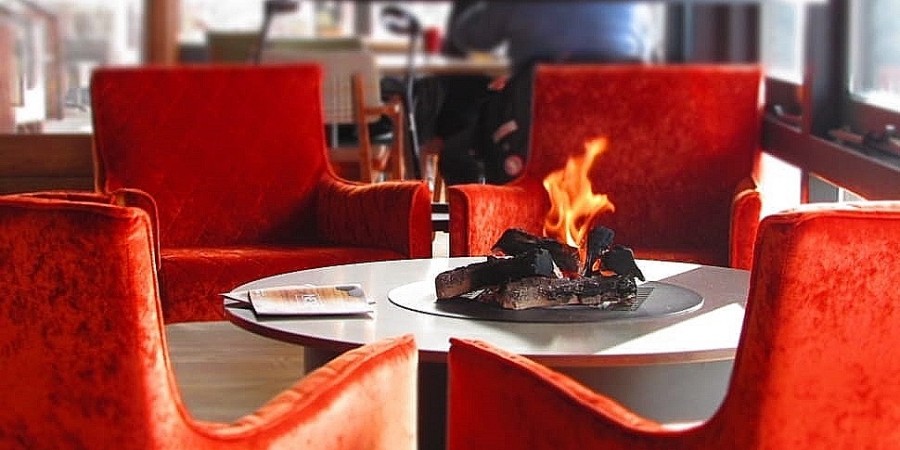 | Indoor Chairs and Bar Stools Overview |
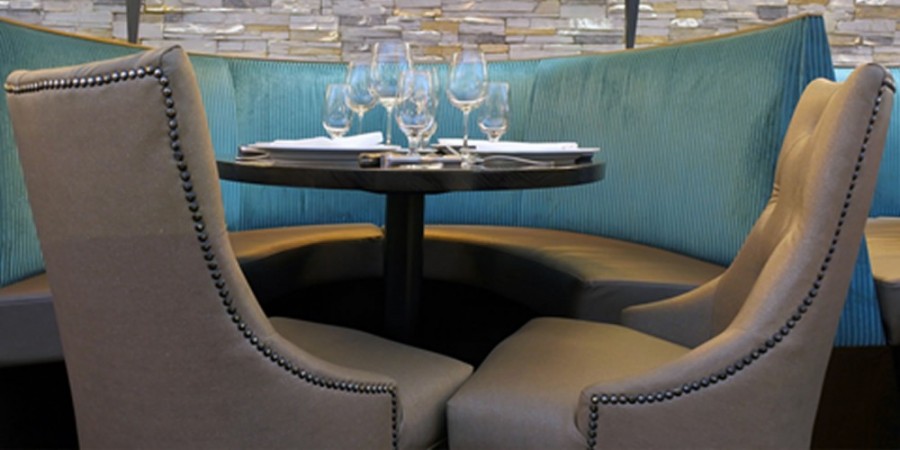 | Booths |
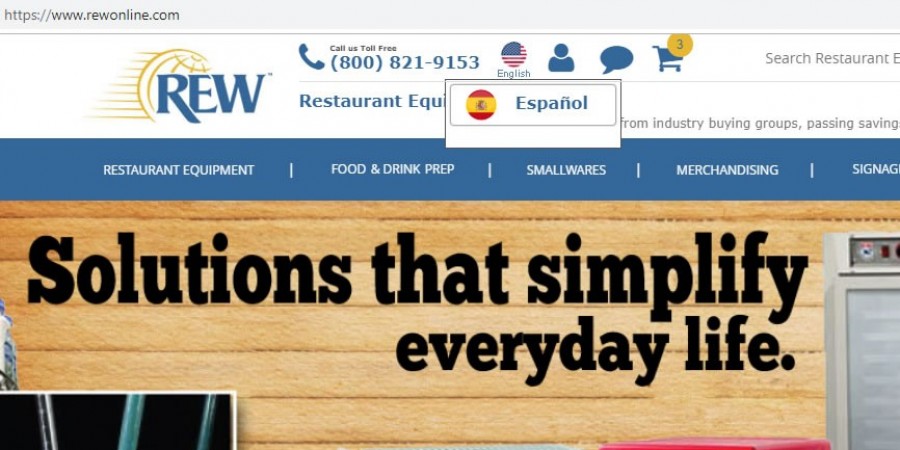 | Restaurant Equipment World (REW) Launches NEW Spanish Version of Website |
 | Complete Guide to Cooking Knives |
 Top rated (top 5) | |
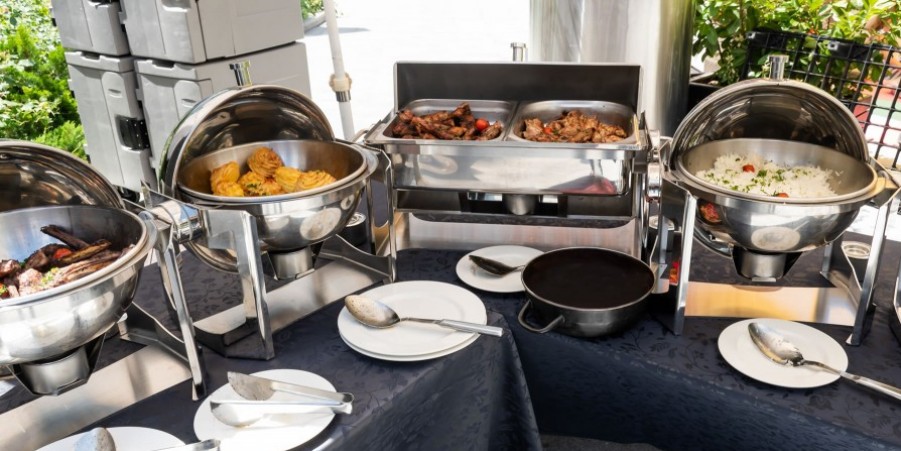 | Display Stands, Risers, and Portable Sneeze Guards |
 | Countertop Signage |
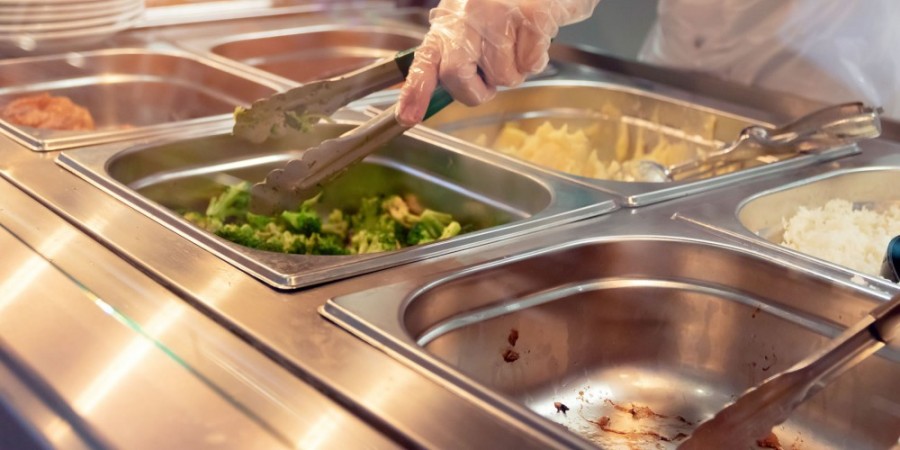 | Specialty Equipment |
| Welcome to the REW Blog! | |
 | Equipment Casters |